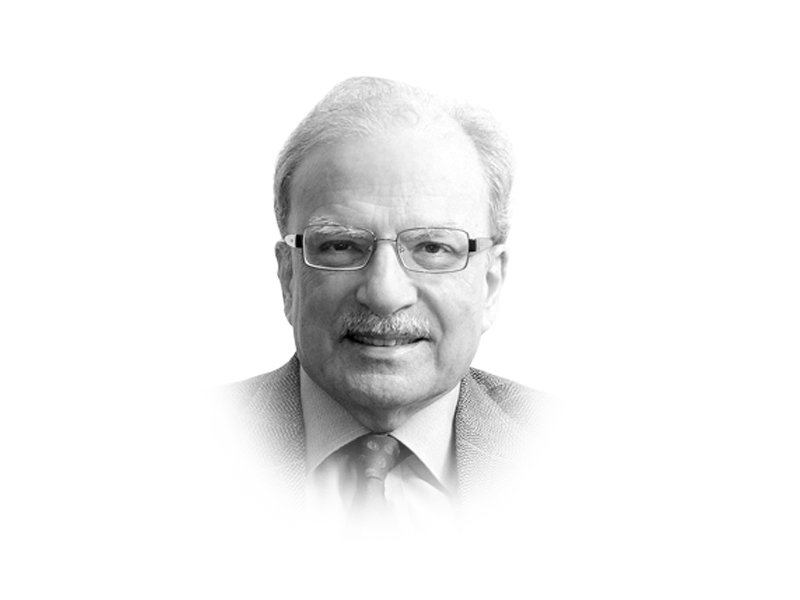
Although development economists have recognised for many years that a well-educated citizenry is necessary for promoting and sustaining development, much of the earlier effort was made in achieving universal primary education. This was one of the targets adopted by the international community to celebrate the beginning of the new millennium — the 21st century. Pakistan was among the members of the United Nations, which pledged themselves for realising a number of objectives. They were called the Millennium Development Goals 1 or simply the MDGs. A number of these goals concerned education and literacy. There was particular emphasis on the education of girls.
The specified goals were to be reached by the year 2015, a year from now. Pakistan is one of the few countries that have failed in this endeavour. The usually provided reason for not being able to meet the targets in education is the failure to commit enough public sector funds for this purpose. While this is certainly the case for Pakistan, other factors have also intervened. These need to be recognised. This is where the risk-opportunity framework enters the picture. However, before discussing this aspect of the matter, it is necessary to indicate what is meant by the phrase: ‘educating the people’.
When the development of human resource began to receive attention by development economists, considerable emphasis was placed on providing basic learning skills to the population. This usually meant having children, male as well as female, attend and complete primary schools. This was one of the objectives incorporated by the multi-billion ‘social action programme’, the SAP, funded by the World Bank. The programme was a colossal failure. The Bank recognised it as such in its own evaluation. The main reason for the programme’s failure was that it was managed by an incompetent and largely prone-to-corruption bureaucracy in the provinces. Even if the programme had succeeded, it would not have had the impact on overall development that was anticipated by its sponsors.
It was only after it was realised that emphasis on primary education did not produce the anticipated impact on development that there was some shift in thinking in extending the time spent in schools. There was some interesting work done at the United Nations Centre for the Economic and Social Development of Latin America at Santiago, Chile that revealed that if attitudinal and behavioral change were important for development, then children had to be kept in schools for eight to 10 years. Sustained development needed not only a workforce able to pick up basic skills but also develop a different outlook about life. This cannot be done by having children complete only five years of schooling. That this is an important part of educating people has become amply evident in Pakistan. This is where risk enters the picture.
Currently two opposite calculations are being made in some parts of Pakistan. One is by those who have concluded that the spread of education will weaken their control over the communities on whose support they depend. The communities that are being discouraged from educating their children have to do their cost-benefit analysis, weighing the danger they face against the benefits that will come to them from education.
This is where the state must play a role. It must turn the cost-benefit ratio in favour of general education. That will need to be done by providing security to the families that send their children to school, as well as the children who attend them. The leadership must send out the message that education for all and protecting the lives of children will be on top of the state’s list of priorities. Over time, bringing universal education and providing it for more than five years will begin to change people’s behaviour and attitude. This, more than anything else, will counter the influence of those averse to the spread of education.
Published in The Express Tribune, January 24th, 2014.
Like Opinion & Editorial on Facebook, follow @ETOpEd on Twitter to receive all updates on all our daily pieces.
COMMENTS (1)
Comments are moderated and generally will be posted if they are on-topic and not abusive.
For more information, please see our Comments FAQ












Your op end should have been multi part but.. In the end when you talked about security I thought you spoke about " security of job"( but you spoke about physical security) at the end of education so that people can invest in the hope of real change I.e. Upward mobility. What is happening now is that depends upon " uterine lottery". If you are poor and get educated there is not a good chance that you may not cross the social stratum though there will be exception. Those who are born rich they always remain there.